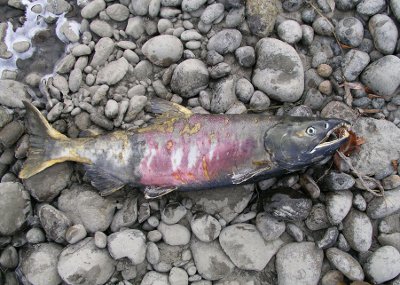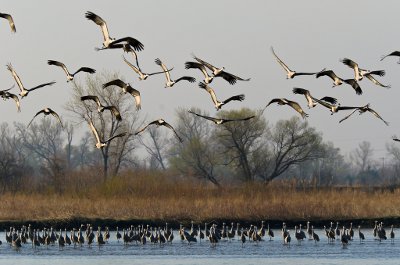
Chum salmon may get an unexpected boost from sea lice (Credit: Aishihik, via flickr. Licensed under Creative Commons.)
Fisheries data from British Columbia show that when sea lice infest populations of pink and coho salmon, their productivity suffers. Surprisingly, this correlation is not present for chum salmon, which are less popular among predators. A new study uses mathematical models to explore one possible explanation: by slowing down all species, sea lice provide predators with a bonanza, giving them the luxury to choose their preferred meal, which is bad news for the pink salmon, but good for the chum.
Original research article published in Proceedings of the Royal Society B: Biological Sciences on December 17, 2013
Names and affiliations of selected authors:
Stephanie Peacock, University of Alberta
